You are here
A Neandertal occupation is discovered on the bank of the Saône river
A team of Inrap archaeologists is excavating, under curation by the State (Drac Rhône-Alpes), a Middle Paleolithic site in Quincieux in conjunction with work on the A466.
Following the decision by the Interregional Committee on Archaeological Research and in the framework of a procedure for “exceptional discoveries”, the prefect has extended the duration of this excavation of one hectare.
An exceptional stratigraphic sequence
This prehistoric site is located on a loess butte overlooking the ancient bed of the Saône River. Unique in the Rhône-Alpes, its sedimentary sequence associating fluvial and eolian deposits provides information on the evolution of the Saône during the Upper Pleistocene (128 000-11 000 BP).
Initially 8 m high, it is composed of a succession of paleosols and loess: the earliest one, more than 2 m thick, is dated to between 55,000 and 35,000 years ago, and thus to the end of the Middle Paleolithic. The excavation has yielded a rich faunal assemblage distributed throughout three levels and associated with flaked flint objects discarded by Neandertals.
A cold climate fauna
Evidence of Neandertal subsistance activities
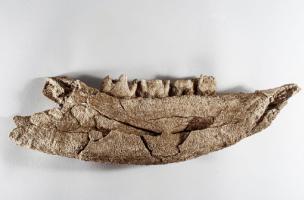
Wooly rhinocerous mandible
© Henri Granjean - Collectif item / Inrap
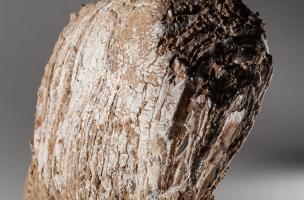
Mammoth molar
© Henri Granjean - Collectif item / Inrap

Horse pelvis
© Henri Granjean - Collectif item / Inrap
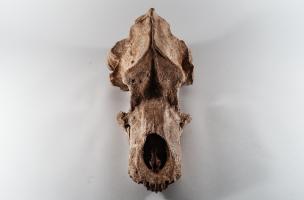
Cave bear skull
© Henri Granjean - Collectif item / Inrap
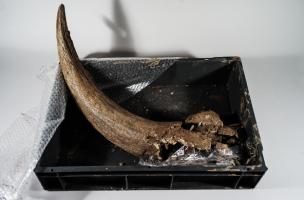
Skeletal connection of a bison horn
© Henri Granjean - Collectif item / Inrap
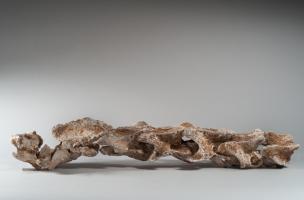
Horse vertebral column
© Henri Granjean - Collectif item / Inrap

